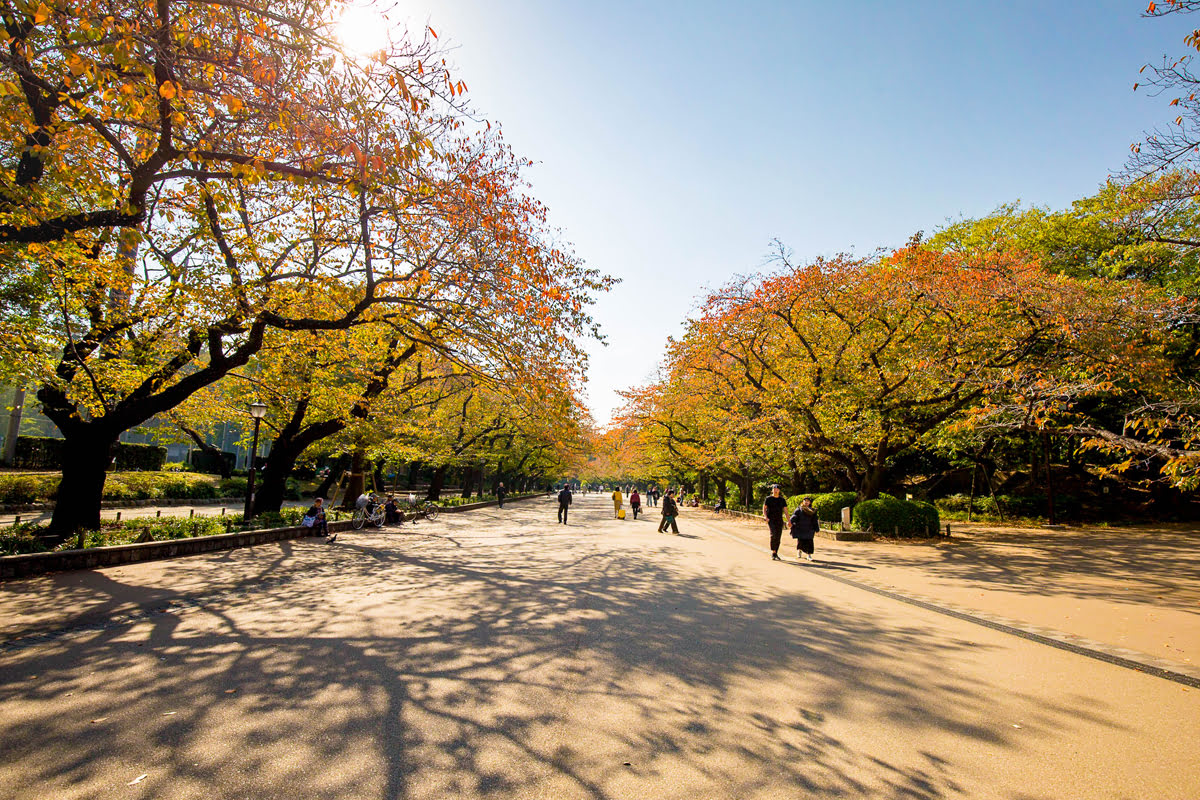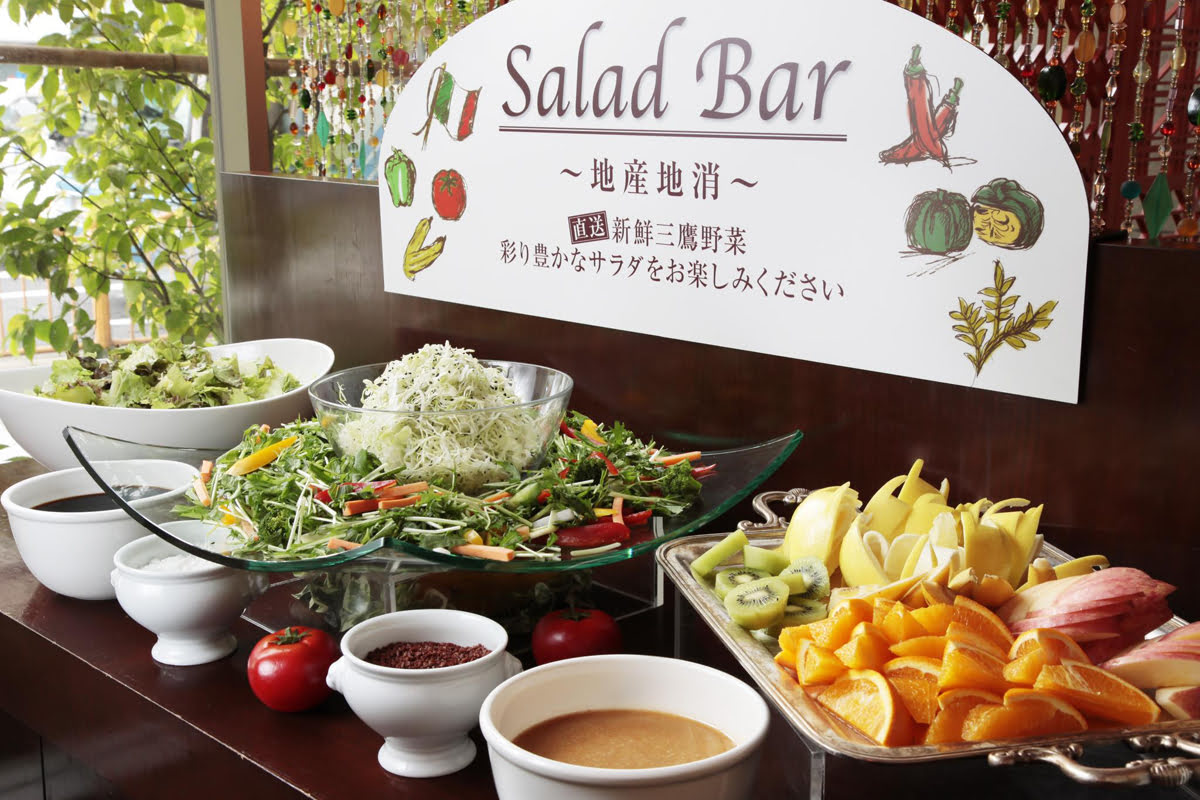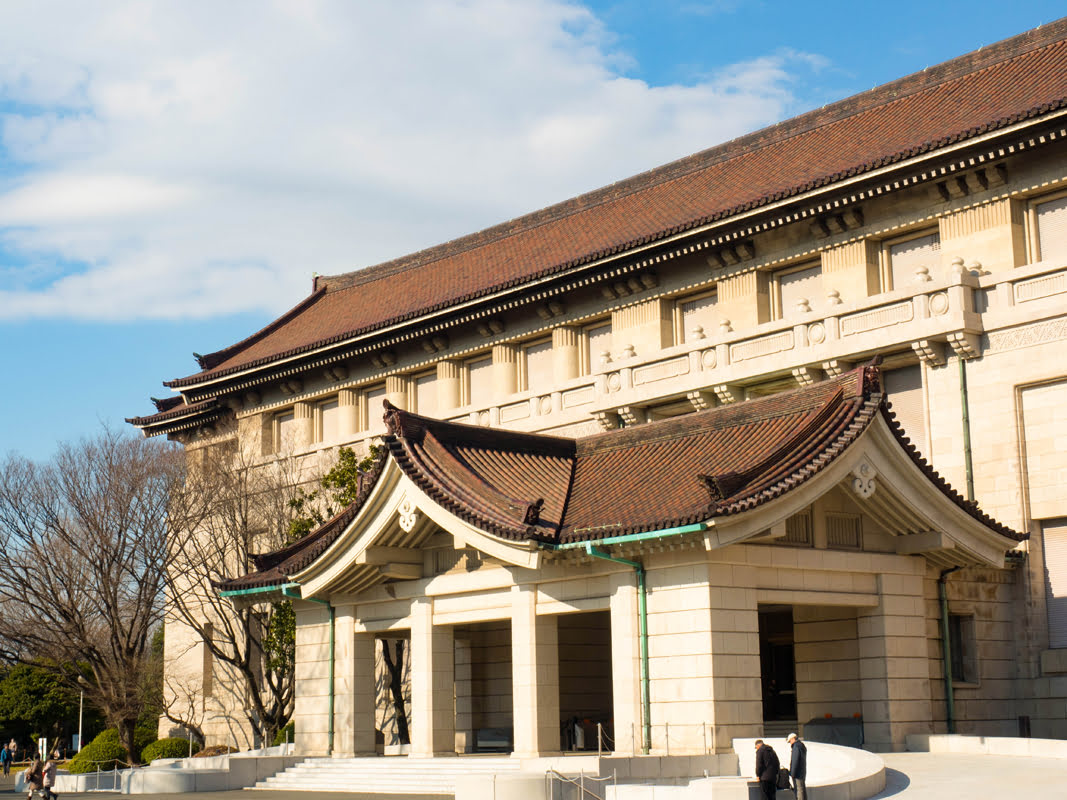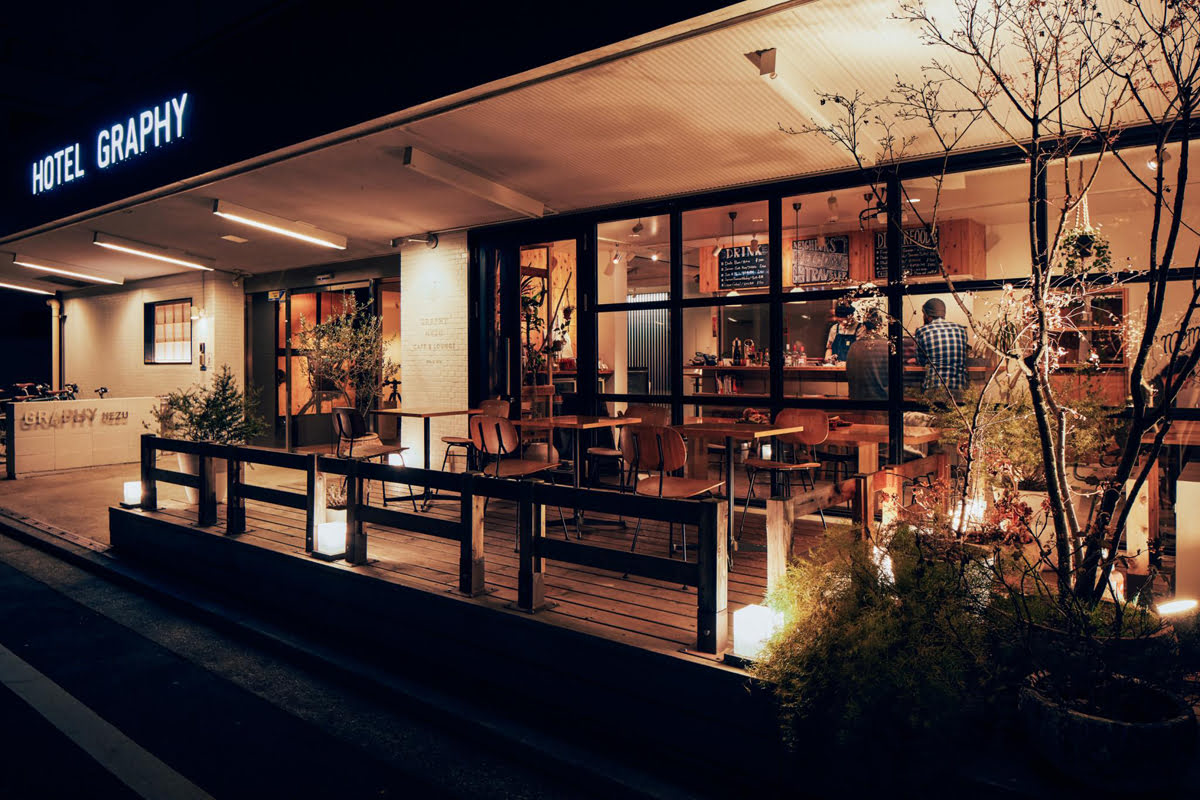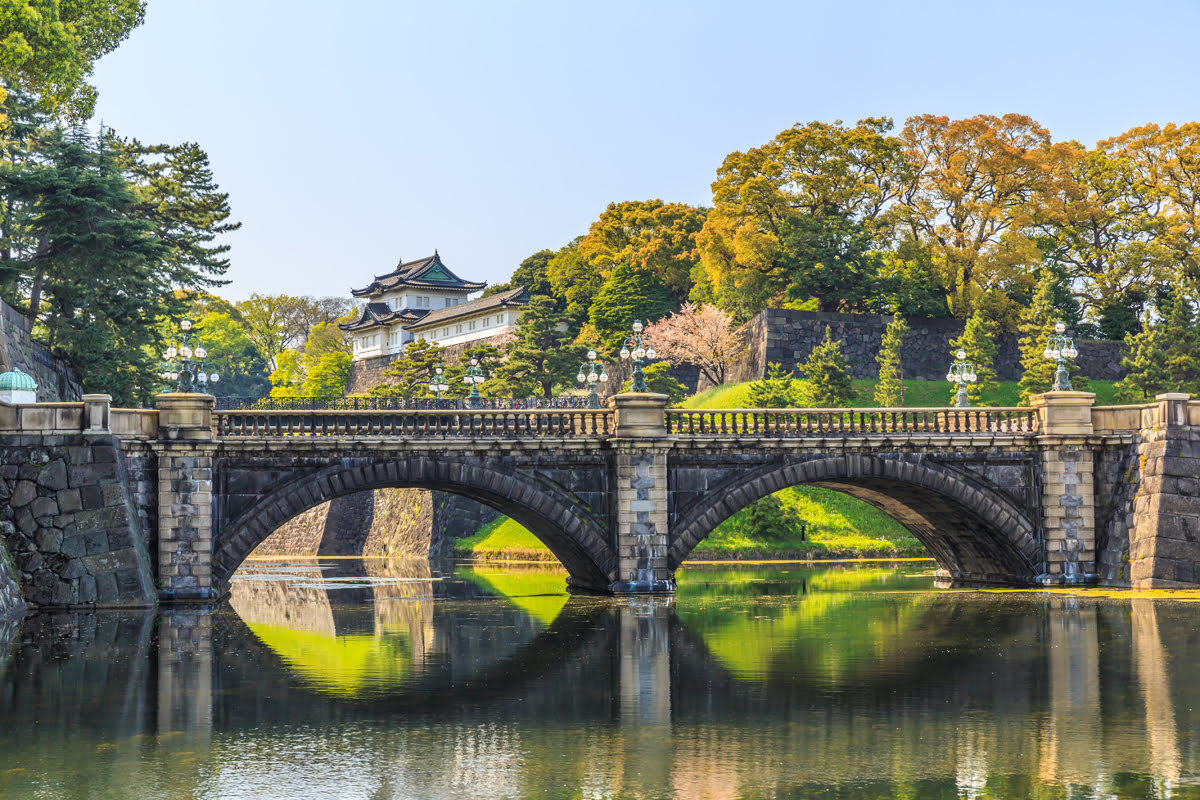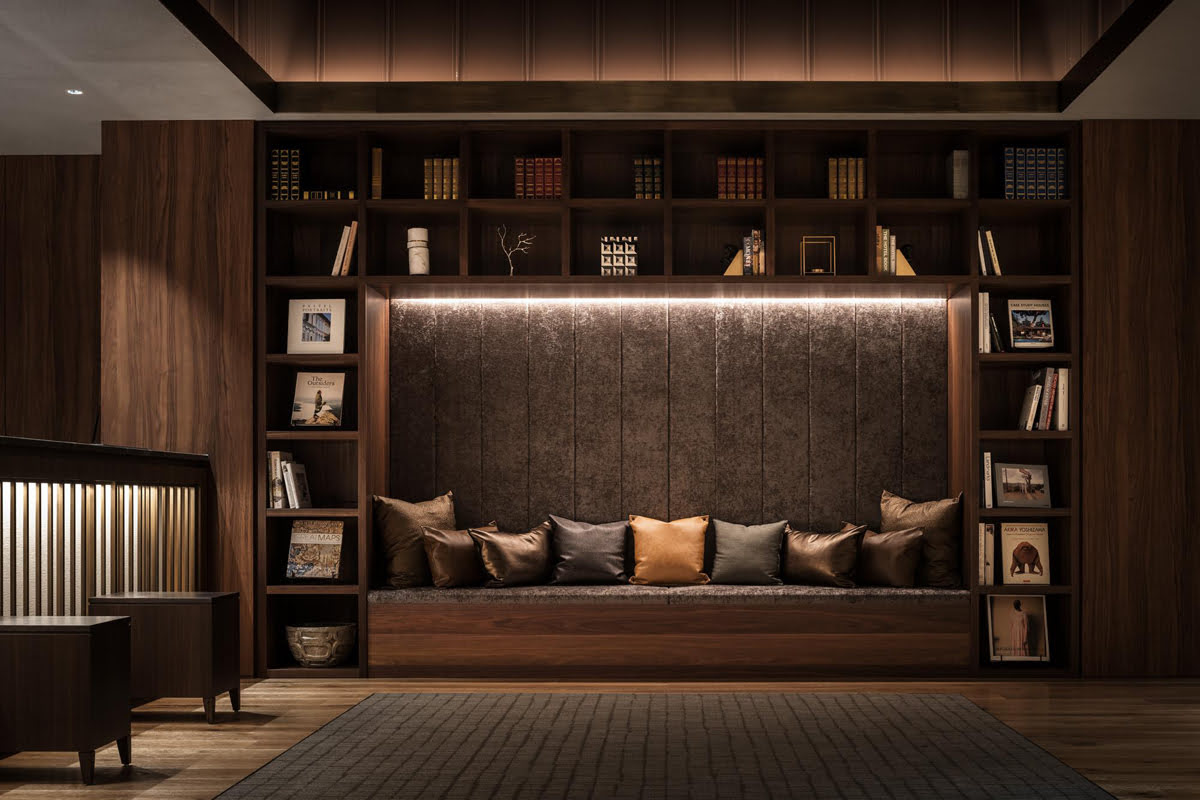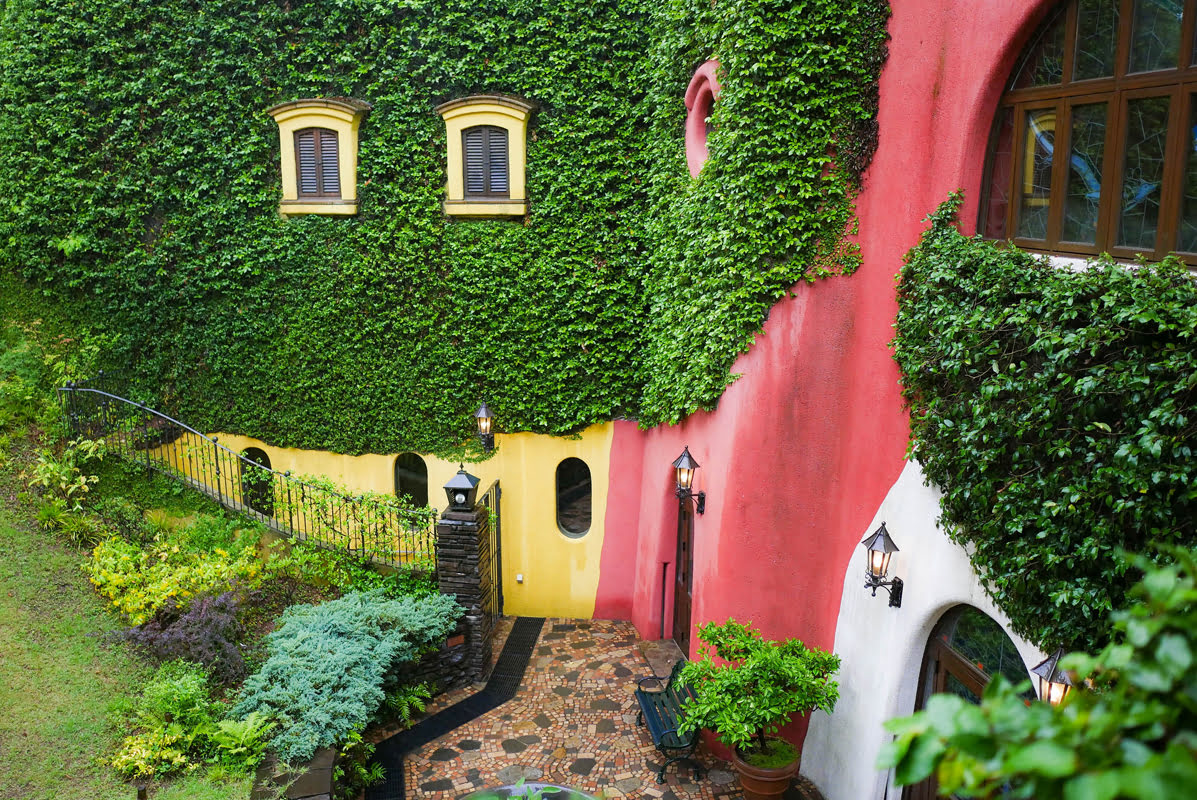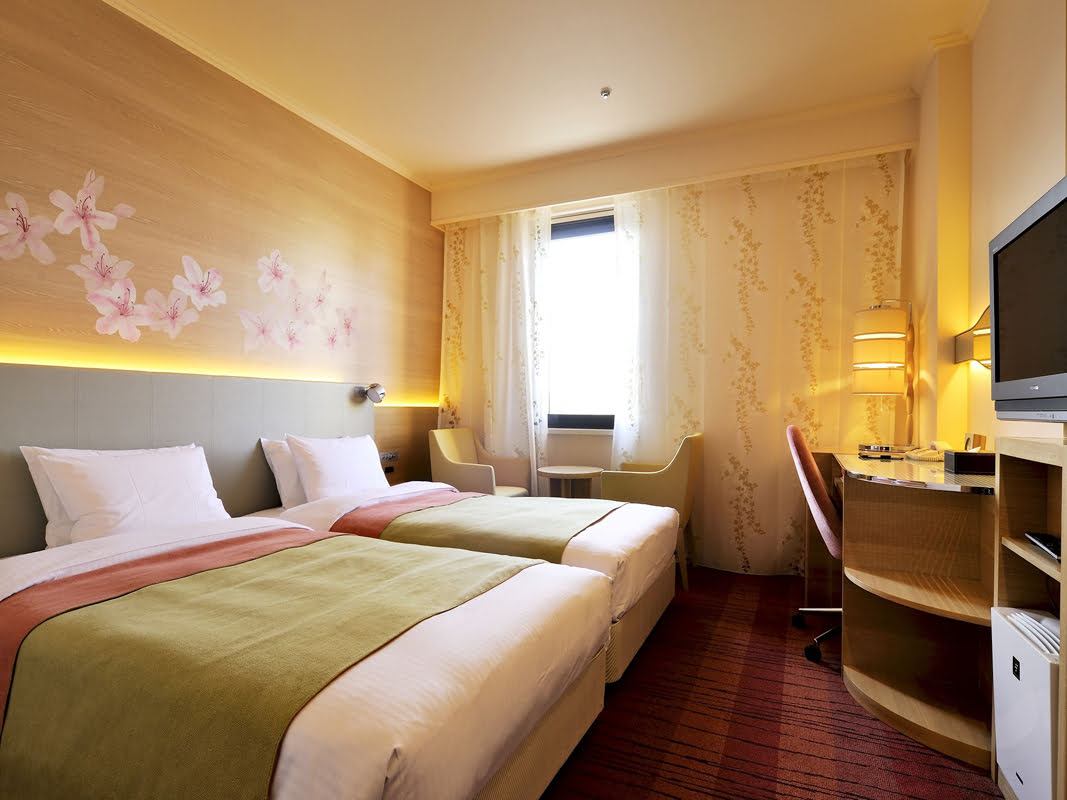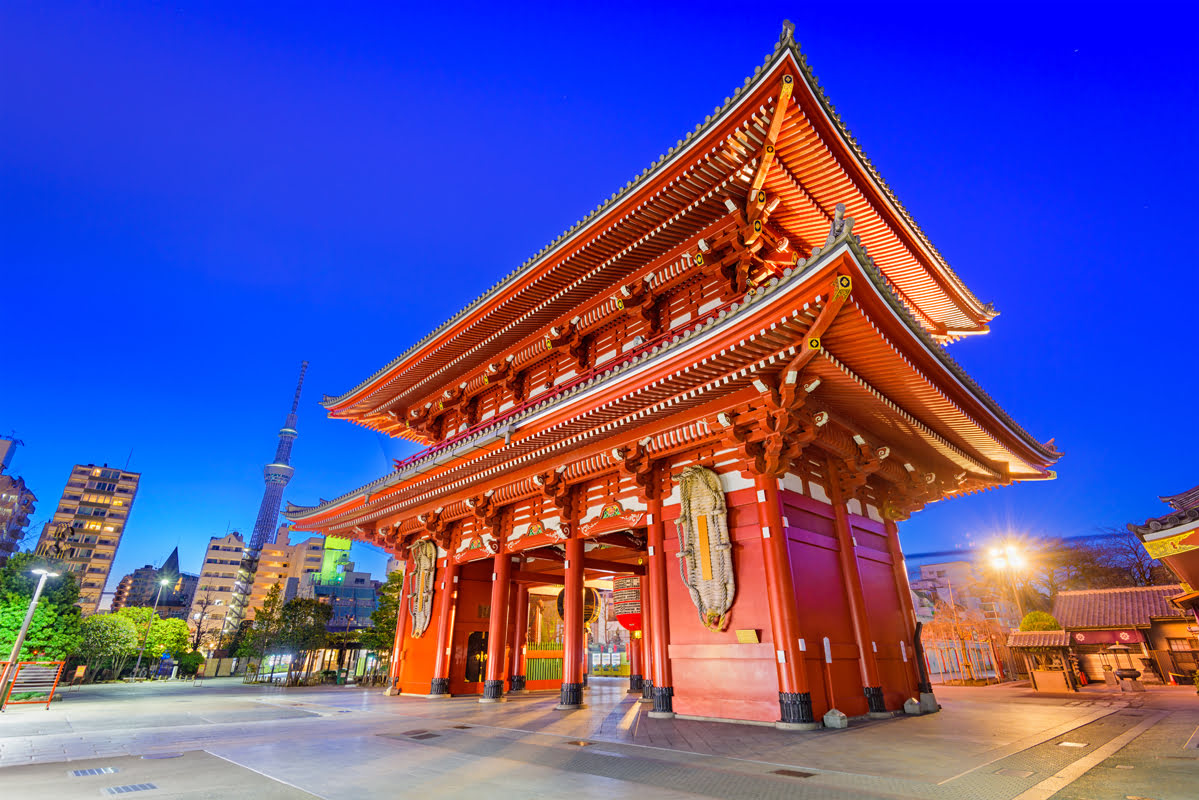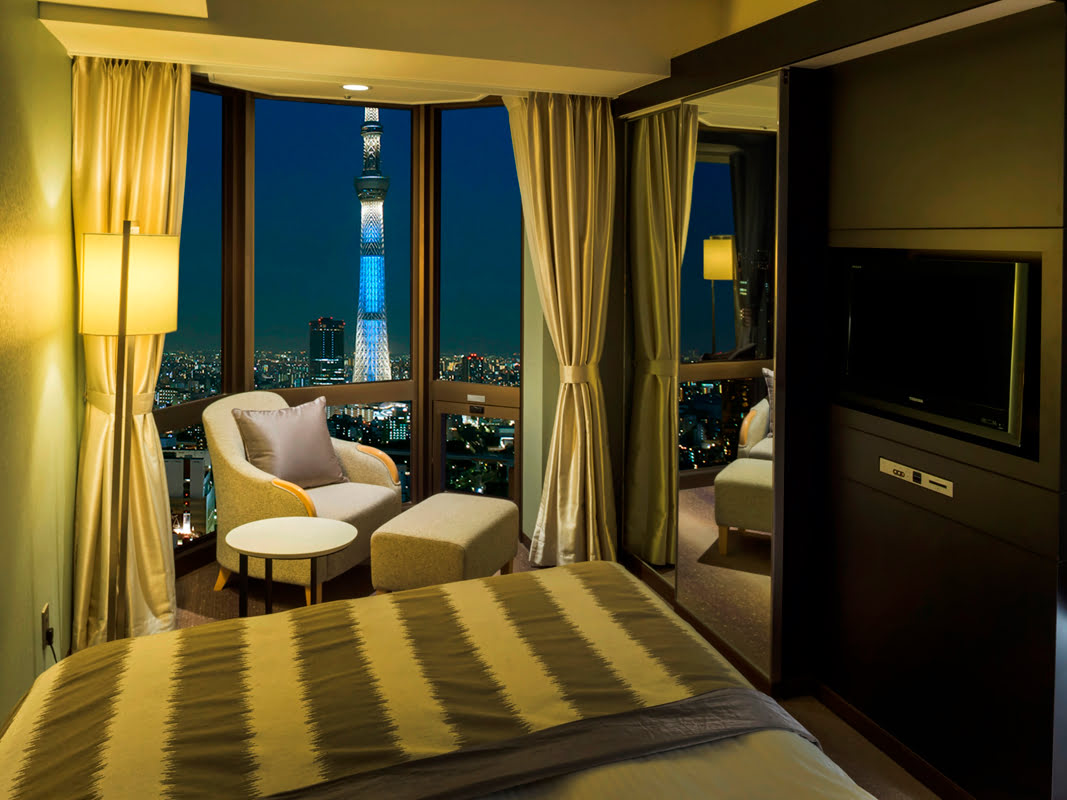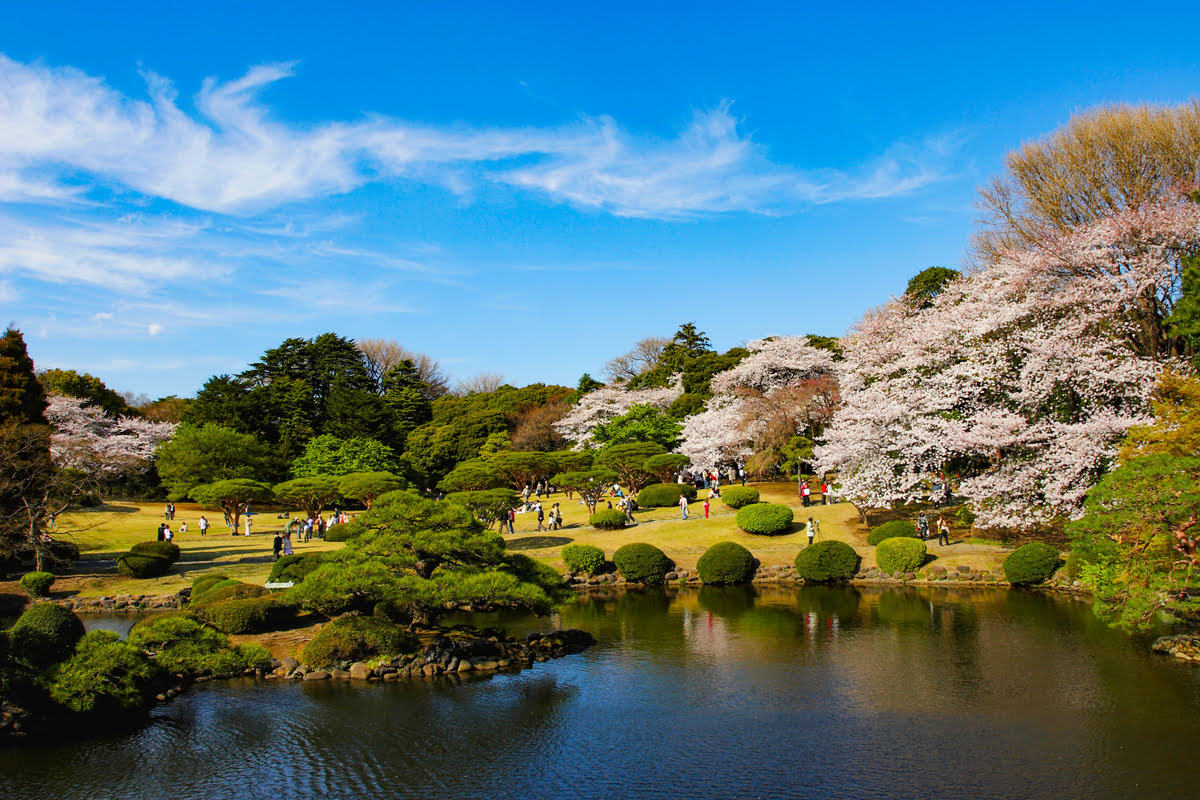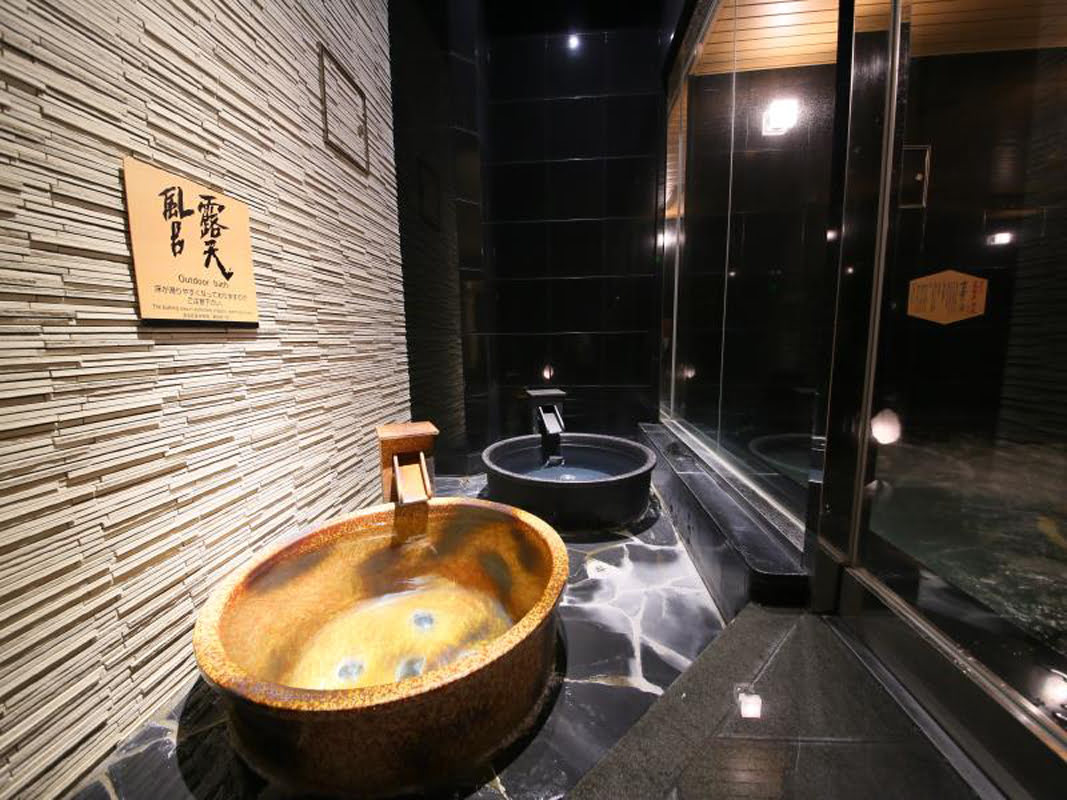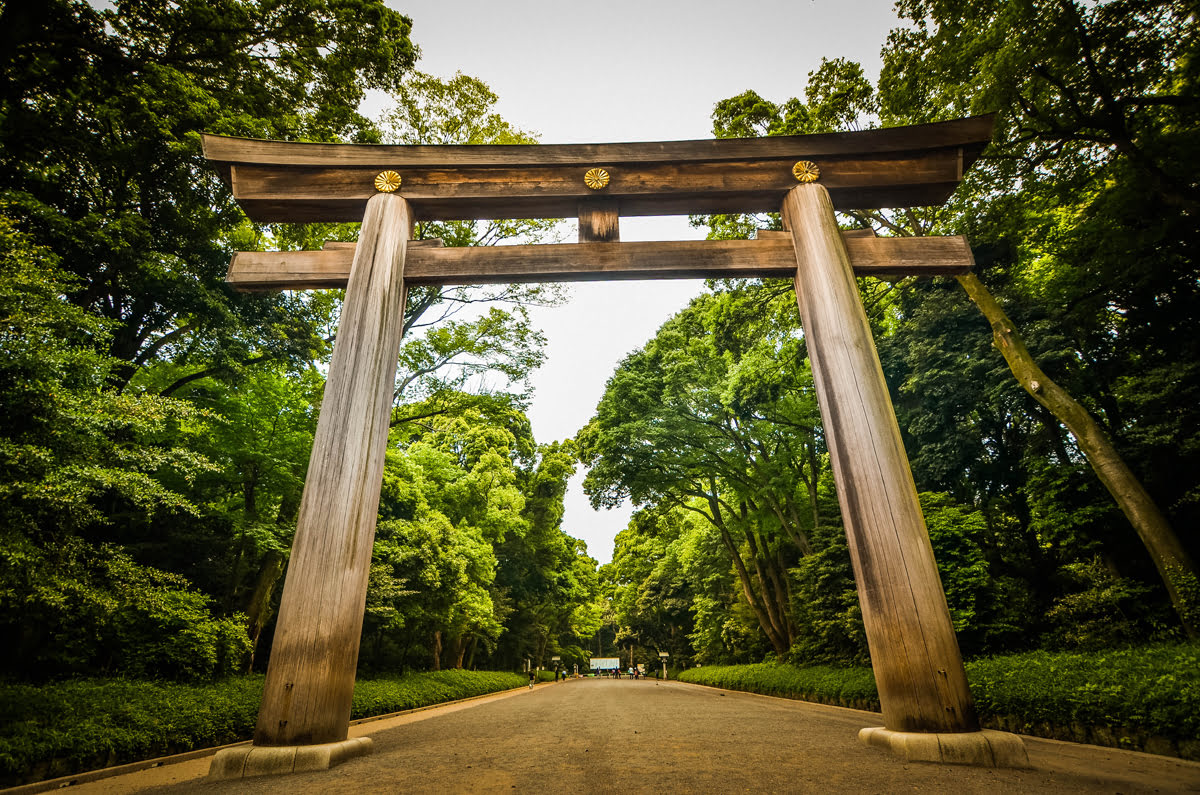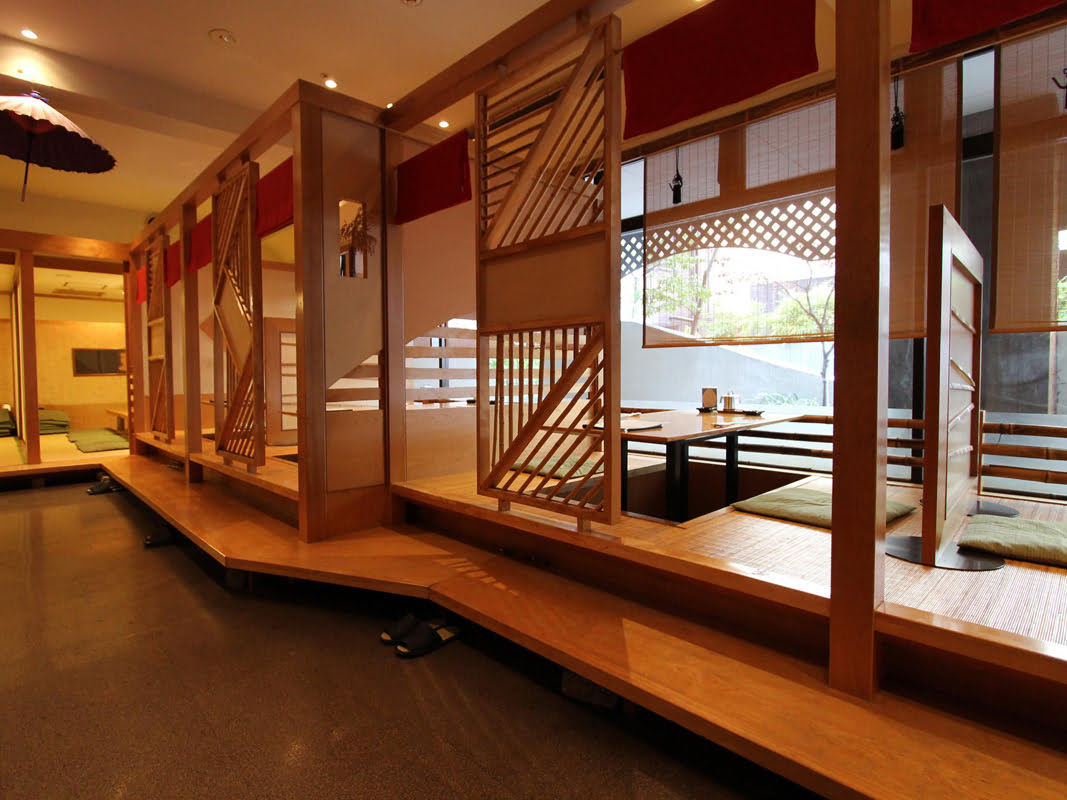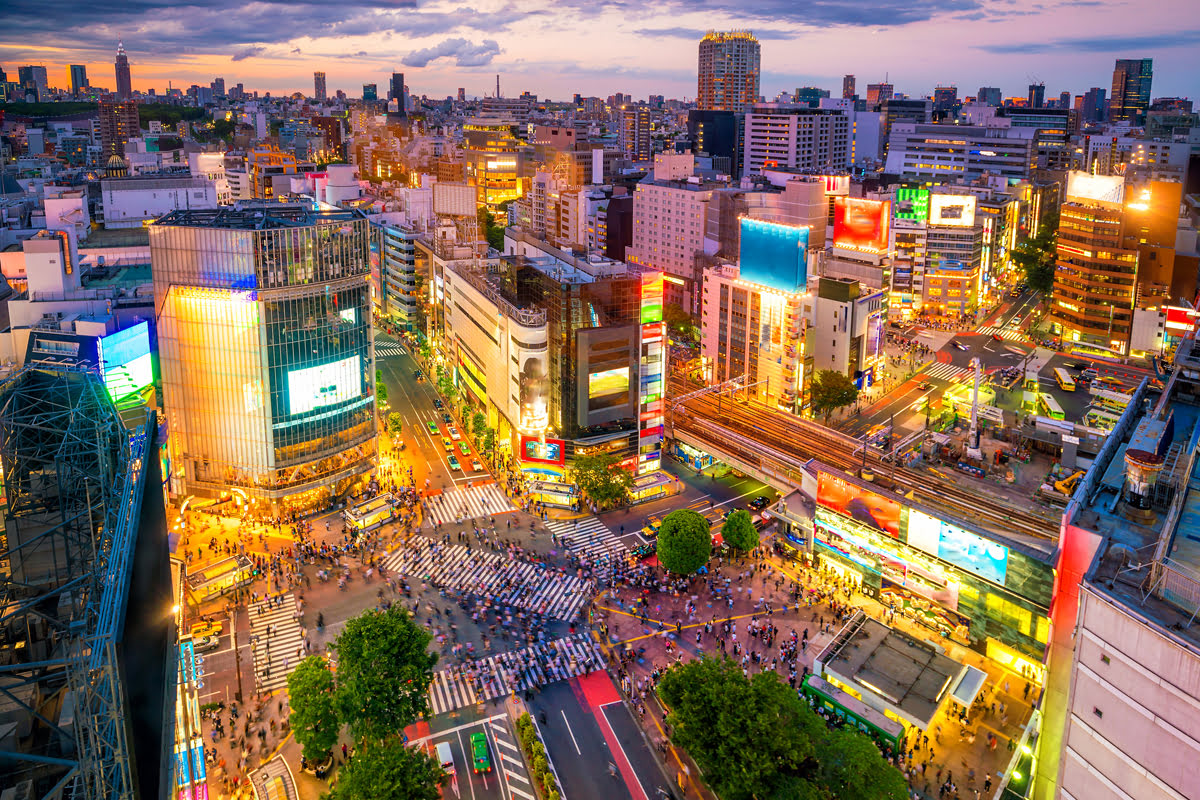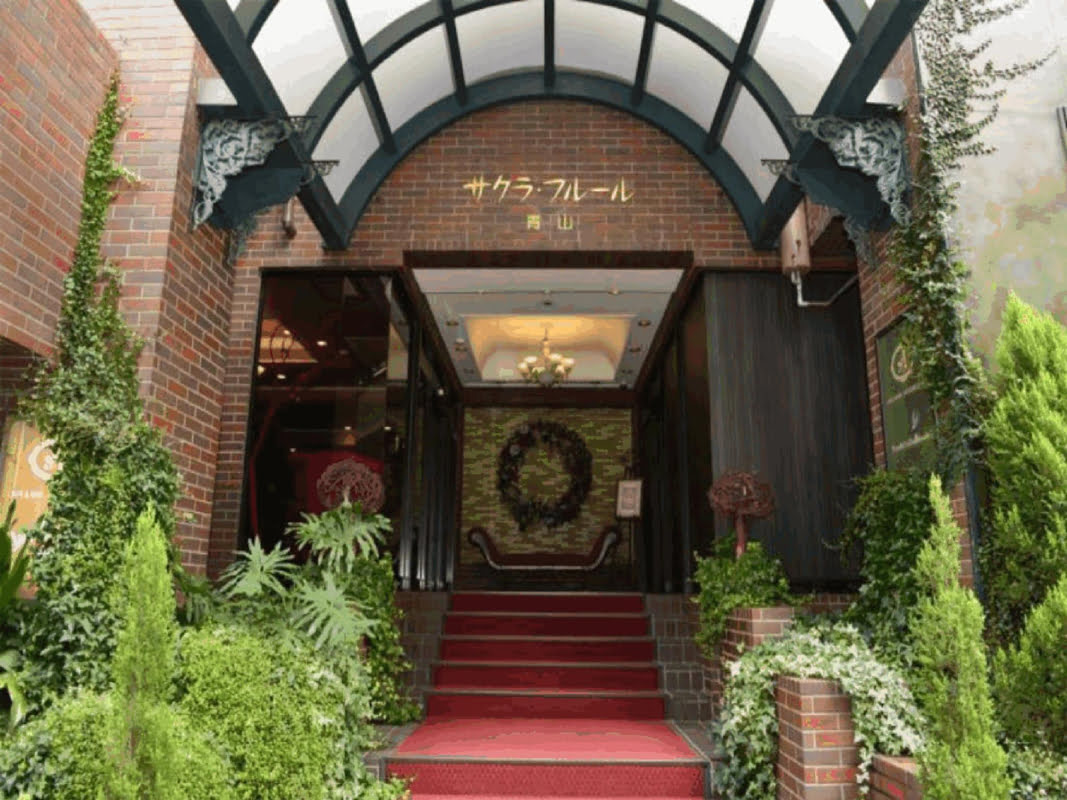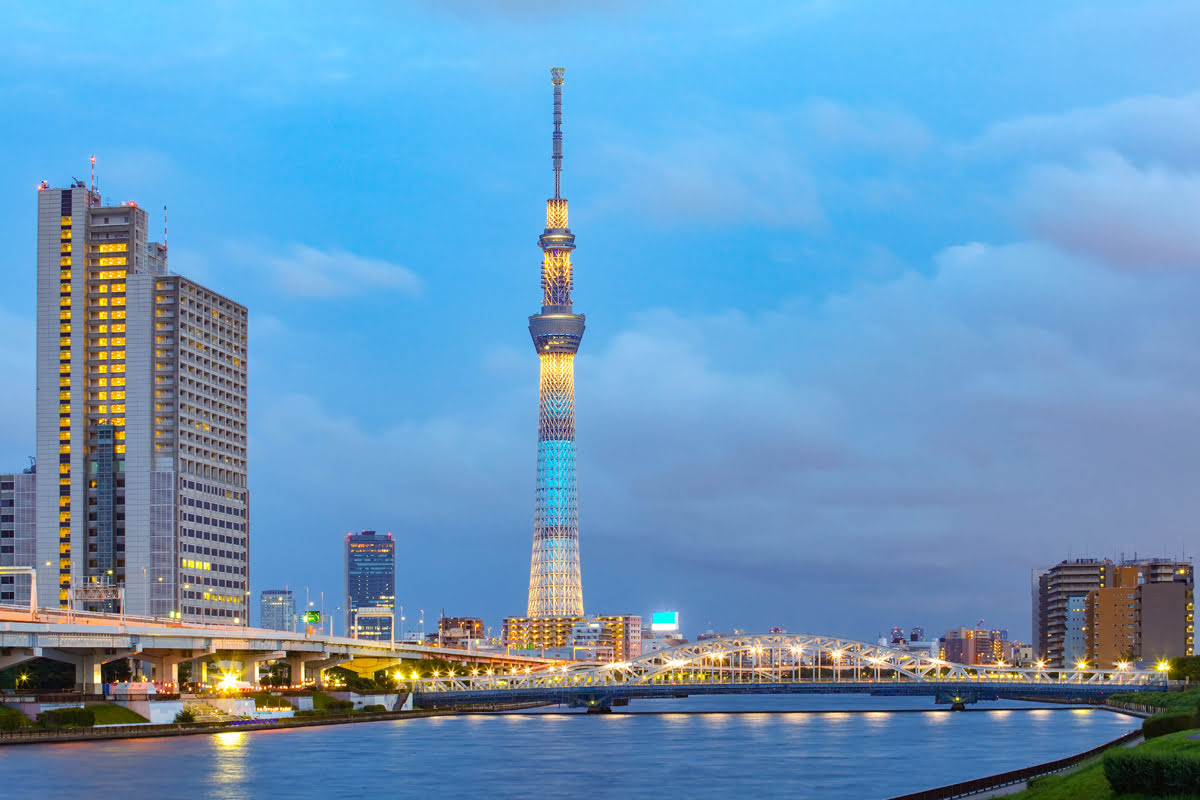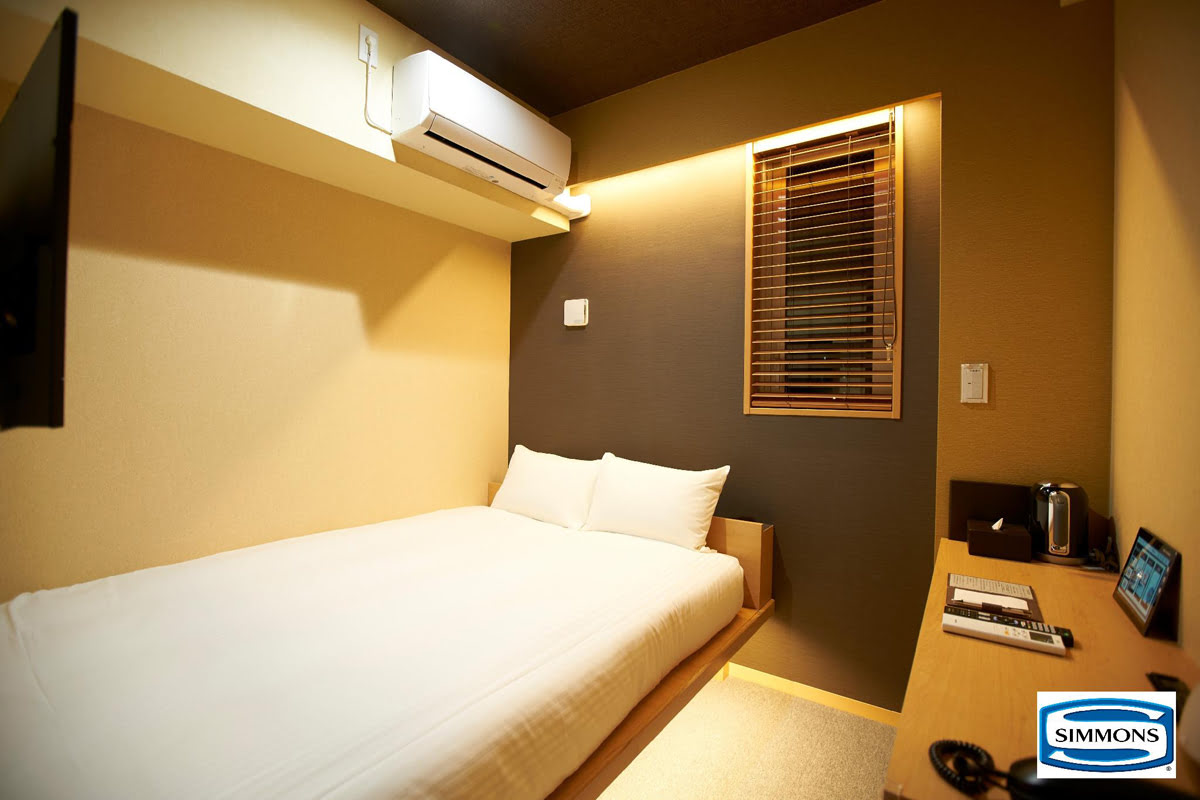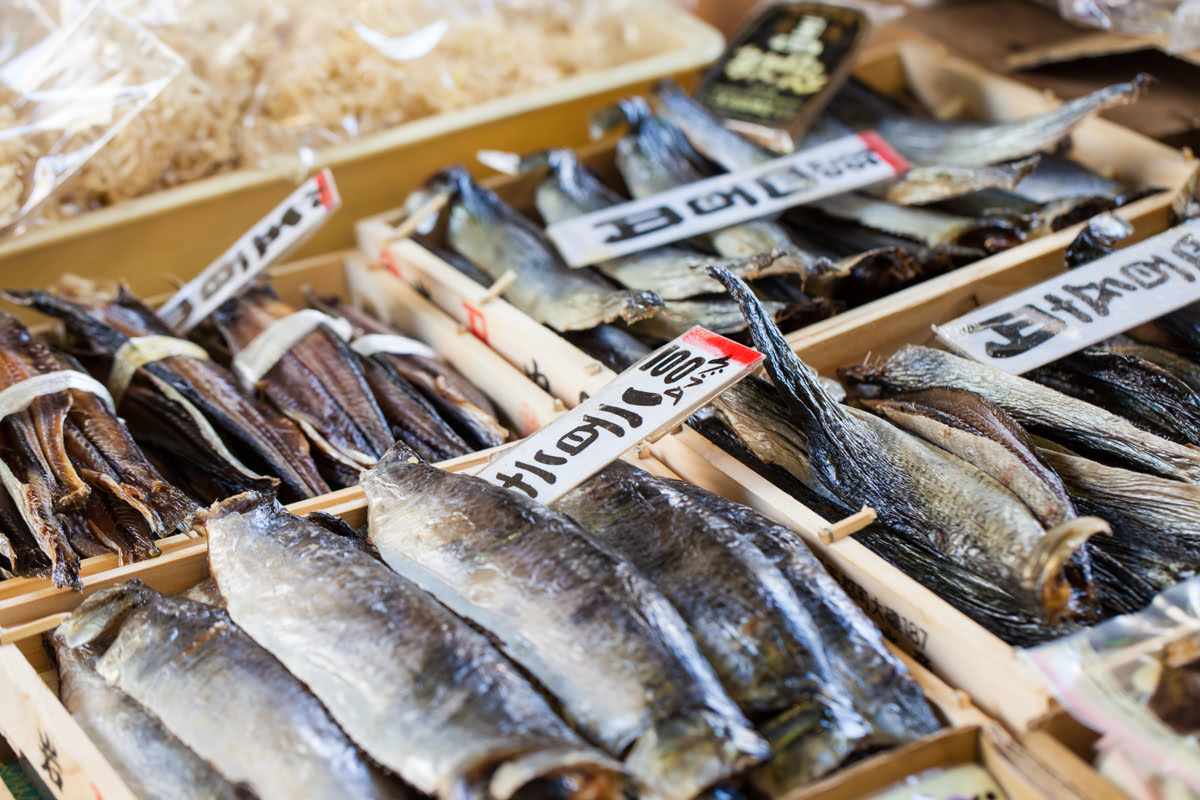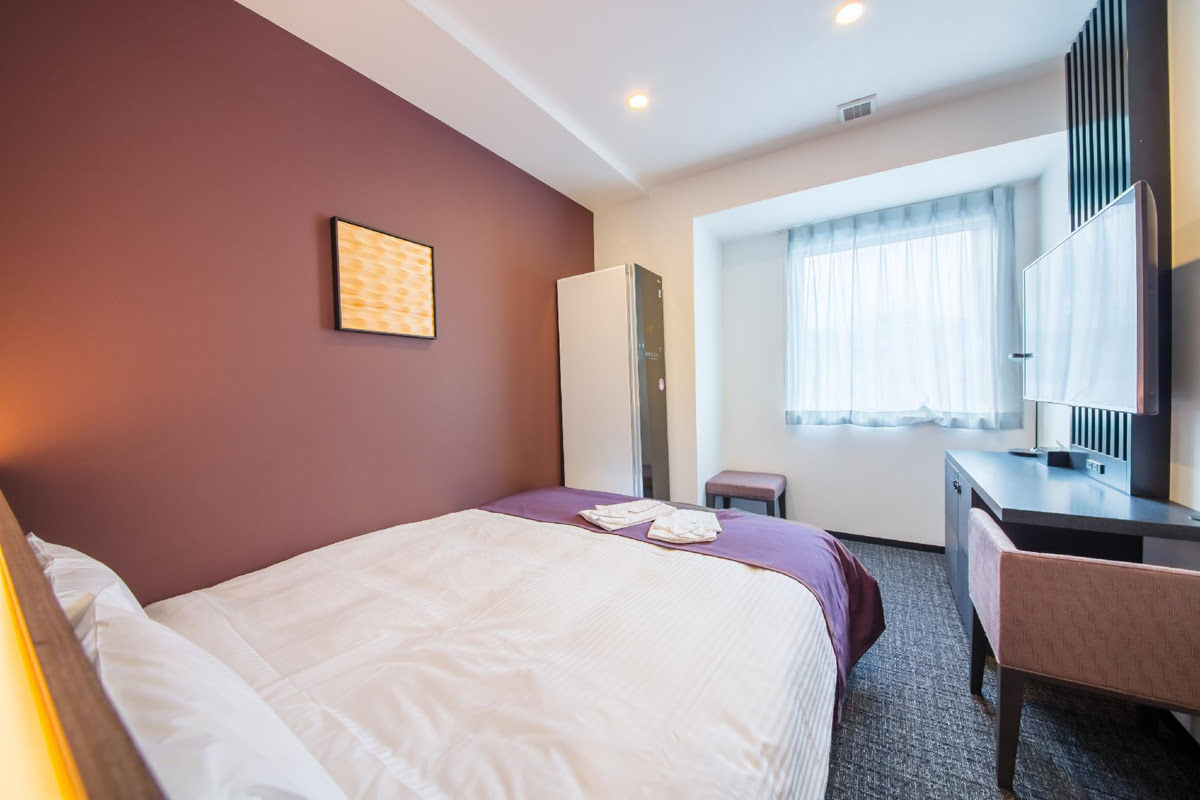See the City: 10 Tokyo Attractions to Include in Your Itinerary

Tokyo is known for being a fantastic travel destination where you’ll never have to look very hard for what to do next, whether you’re staying in the lively shopping ward of Shibuya or in historic Asakusa district. There are just so many popular attractions to check out all over the city, such as the cherry blossoms at Ueno Park and the Kaminarimon Gate at Sensoji Temple. Here is your guide to 10 Tokyo attractions that you don’t want to miss.
1. Ueno Park
Ueno Park in central Tokyo is a large public park popular among locals and visitors for the numerous attractions on its grounds, which includes museums, temples, shrines, and beautiful natural features. The grounds of the park were actually once a part of the large and wealthy Kaneiji Temple. Ueno Park was established in 1873, and today attracts over 10 million visitors a year. It is one of the best spots in Tokyo to view the cherry blossoms when they arrive in late April to early March every year. There are more than 1,000 cherry trees along its main pathway. Another stunning natural feature of Ueno Park is Shinobazu Pond, which takes up a good portion of the park’s southwest corner. You can rent a boat to paddle out on the water.
At Ueno Park, you’ll find many picturesque shrines and temples, including Kaneiji Temple, Kiyomizu Kannon Temple, and Toshogu Shrine. The park is also home to the Ueno Zoo, the Ueno Royal Museum, the Tokyo National Museum, the National Museum of Nature and Science, the Tokyo Metropolitan Art Museum, and the National Museum of Western Art. Ueno Park is open 24 hours a day, every day of the year, though hours for the various facilities on the park grounds can vary. Many of the facilities tend to be closed on Monday, so make sure you check hours ahead of time. The quickest way to get to Ueno Park by train is to go to Ueno Station and leave through the Ueno Park Exit.
Check In to Mitsui Garden Hotel Ueno, Step Out to Ueno Park
Discover more hotels and apartments around Ueno Station
2. Tokyo National Museum
If there’s one museum you pay a visit to inside Ueno Park, it should be the Tokyo National Museum. The largest and also the oldest of all the major museums in Tokyo, the Tokyo National Museum was established in 1872. It was originally located at Yushima Seido Shrine but later moved to Ueno Park. The Tokyo National Museum houses one of Japan’s largest collections of art and artifacts. It also holds over 100 Japanese National Treasures and over 600 pieces classed as Important Cultural Property. The Tokyo National Museum has more than 110,000 unique objects in its permanent collection, with around 4,000 items on display at a time, which are rotated on a regular basis. The collection largely features Japanese art, though it also has an incredible array of Chinese and Indian art from along the Silk Road, as well as a unique selection of Greco-Buddhist art.
Free English guided tours are available for English-speaking visitors looking to acquire in-depth knowledge about the museum and its collection. Audio guides and written English information are available as well. There are many options for getting to Tokyo National Museum by train. The nearest stations are Ueno Station and Uguisudani Station, both about a 10-minute walk. It is also a 15-minute walk from either Keisei Ueno Station or Nezu Station. The Tokyo National Museum is open from 9:30 a.m. until 5 p.m., though admission ends half-an-hour before closing time. It is closed on Mondays and over the year-end holidays. While at the museum, make sure you also pay a visit to its traditional Japanese landscape garden.
Check In to Hotel Graphy Nezu, Step Out to Tokyo National Museum
Discover more hotels and apartments around Uguisudani Station
3. Imperial Palace
The Imperial Palace is easily the main attraction in Tokyo‘s Marunouchi district. It is the official residence of the Imperial Family and stands on the site of the former Edo Castle, a fortress around which the city of Tokyo grew and spread. The Imperial Palace is closed to the public except for two days of the year, on December 23rd for the Emperor’s Birthday and on January 2nd for New Year’s Greetings. On these days, visitors can enter the inner grounds and members of the Imperial Family make public appearances out on the palace balcony. Perhaps the most famous structure on the palace grounds aside from the Imperial Palace itself is the Nijubashi Bridge. The most famous bridge in Tokyo, the Nijubashi Bridge is actually two bridges that span the moat leading to the palace’s main gate.
While the palace may be closed to the public, visitors are welcome in the Imperial Palace East Garden year-round. The garden is a popular place to take a relaxing stroll, see cherry blossoms, and view the Tokyo fall leaves. The Imperial Palace East Garden was once the site of the defenses surrounding Edo Castle, but all that remains today are the moats, guardhouses, and castle tower foundations. There is no entry fee to enter the Imperial Palace East Garden. It is open from 9 a.m. to 4:30 p.m. and closed on Mondays, Fridays, and for New Year’s holidays. This easily accessible attraction is just a 15-minute walk from Tokyo Station, Tokyo‘s main transportation hub, or a 10-minute walk from Otemachi Station.
Check In to Nest Hotel Tokyo Hanzomon, Step Out to Imperial Palace
Discover more hotels and apartments around Otemachi Train Station
4. Ghibli Museum
Ghibli Museum is one of the most unique attractions in Tokyo. The museum is dedicated to Studio Ghibli, the studio behind such well-loved films as “My Neighbor Totoro,” “Spirited Away,” and “Princess Mononoke.” All of these films and many more from Studio Ghibli were directed by the studio’s legendary co-founder, Hayao Miyazaki. Studio Ghibli is often referred to as “Japan’s Disney,” and it wouldn’t be wrong to think of the Ghibli Museum as the studio’s own small Disneyland. This whimsical museum is a lot of fun to explore, with twisting staircases, winding halls, oddly sized doors, and a rooftop garden. The bottom floor features an exhibit about the science and history of animation while the floor above is a recreation of an animation studio. You’ll want to allow at least two or three hours to fully enjoy the experience. You don’t even have to be a fan of the studio’s movies to appreciate the enchanting exhibit.
Tickets to Ghibli Museum aren’t easy to get, but they are definitely worth the effort. For overseas visitors, tickets go on sale on the first of each month and are available for the following four months. They can be purchased through JBT Travel agencies around the world. Your ticket will have a specified time of entry, and it is important to arrive at the museum by that time. Once inside, you can stay as long as you like. Ghibli Museum is located inside Mitaka Inokashira Park and can be accessed from Mitaka Station. To reach Mitaka Station, take the JR Chuo Line from Shinjuku Station, a ride of about 20 minutes. It is about a 15-minute walk from the Mitaka Station South Exit to the Ghibli Museum.
Check In to Kichijoji Dai-ichi Hotel, Tokyo, Step Out to Ghibli Museum
Discover more hotels and apartments around Mitaka
5. Sensoji Temple
Sensoji Temple is a colorful Buddhist temple located in the Asakusa district of Tokyo. Completed in the year 645, it is the oldest temple in the city, and still one of Tokyo‘s most popular temples to this day. The entrance to the temple is marked by the famous Kaminarimon Gate, a towering red gate known for the large lantern hanging from it. The Kaminarimon Gate is a well-known symbol of Asakusa and a great photo opportunity. Pass through the gate to Nakamise Dori, a 200-meter long shopping street lined with stores selling all sorts of souvenirs and local snacks. Once you’ve picked up some goodies from the shops, you can pass through Hozomon Gate to the temple’s inner complex. Here, you’ll find the Main Hall, a five-story pagoda, and a Shinto shrine known as the Asakusa Shrine.
Sensoji Temple is served by Asakusa Station, which can be reached by the Asakusa Subway Line, the Ginza Subway Line, and Tobu Railways. To get to Asakusa Station from Tokyo Station, you will first need to take the JR Yamanote Line to Kanda Station. There, you will transfer to the Ginza Line which will take you to Asakusa Station. If you’re coming from Shinjuku Station, then just take the JR Chuo Line to Kanda Station and then transfer to the Ginza Line as well. The Sensoji Temple grounds are always open, while the Main Hall is open 6 a.m. to 5 p.m. from April to September and 6:30 a.m. to 5 p.m. October to March. There are no closing days and no admission fees.
Check In to Asakusa View Hotel, Step Out to Nakamise Dori
Discover more hotels and apartments around Sensoji Temple
6. Shinjuku Gyoen National Garden
Just like Ueno Park, Shinjuku Gyoen National Garden is a tranquil outdoor space in the bustling city. Originally the site of the residence of a feudal lord, Shinjuku Gyoen National Garden became an Imperial garden in 1903 and eventually a public park in 1949. The spacious, 144-acre park features rolling lawns perfect for picnicking and meandering pathways that allow you to take a stroll underneath thousands of cherry trees. Shinjuku Gyoen National Garden is home to three distinct landscape gardens: a traditional Japanese garden, a French garden, and an English garden. You’ll also find serene ponds, quiet forested areas, and even a greenhouse with colorful tropical and subtropical flowers. If you want to grab a bite to eat inside the park, you can stop at cafe HANANOKi for a traditional meal or snack.
There are three main entry gates to Shinjuku Gyoen National Garden. As the park is very large, the station you get off at will depend on which gate you want to enter through. Shinjuku Gate is a 5-minute walk from Shinjukugyoemmae Station or a 10-minute walk from Shinjuku Station. Okido Gate is likewise a 5-minute walk from Shinjukugyoemmae Station, while Sendagaya Gate is a 5-minute walk from Sendagaya Station. The park is open from 9 a.m. to 4:30 p.m. (with final admission at 4 p.m.) and requires an entry fee of ¥200 for adults and ¥50 for children. Like many attractions in Tokyo, Shinjuku Gyoen National Garden is closed on Mondays and for the New Year’s holidays. However, the park remains open seven days a week during the Tokyo cherry blossom season.
Check In to APA Hotel Shinjuku-Gyoemmae, Step Out to Shinjuku Gyoen National Garden
Discover more hotels and apartments around Shinjuku Station
7. Meiji Shrine
Meiji Shrine is the most popular and most important Shinto shrine in Japan. Though it is located between two of Tokyo‘s busiest districts, Shinjuku and Shibuya, it is surrounded on all sides by a beautiful park. Yoyogi Park, as it is called, is a 175-acre, densely forested park home to over 120,000 trees. The shrine was originally completed in 1926 in honor of the Emperor Meiji and Empress Shoken, who helped transform Japan into a modern industrialized nation. The walk to the shrine’s Inner Precinct is a highly enjoyable one, and there is plenty more to see when you reach it. Here, you’ll find a museum containing artifacts and treasures pertaining to the imperial couple. There are also traditional Shinto amulets and talismans available from the amulet office, and a peaceful Inner Garden where irises bloom in June.
The grounds of Meiji Shrine are open from sunrise to sunset every day of the year and are completely free to enter. Many of the buildings in the shrine’s Inner Precinct, however, have operating hours of 9 a.m. to 4 p.m. from November to February and 9 a.m. to 4:30 p.m. from March to October. There is also an admission cost of ¥500 to enter the Inner Garden and the museum. There are many different train stations located close to the shrine’s three main entrances. Visitors can take the train to Meiji Jingumae Station, Sangubashi Station, Yoyogi Station, Kitasando Station, or Harajuku Station, making Meiji Shrine a convenient stop no matter where in the city you’re coming from.
Check In to Shibuya Creston Hotel, Step Out to Meiji Shrine
Discover more hotels and apartments around Yoyogi Koen Train Station
8. Shibuya Crossing
Shibuya Crossing is perhaps one of the most iconic landmarks in Tokyo, as it has been featured in numerous movies and TV shows. Located in the bustling Shibuya district just outside of Shibuya Station, this gigantic pedestrian scramble crossing operates like Tokyo‘s beating heart. About half a million people walk up to the crossings every single day, waiting for the lights to indicate that it’s time for the pedestrians to cross. A flurry of people enter the crossing going in every direction until the lights change to allow vehicle traffic through. As many as 3,000 people cross at once during peak hours. Shibuya Crossing is a very popular tourist photo spot so feel free to snap some pictures, just make sure you’re paying attention to what’s going on around you!
Watching Shibuya Crossing from afar is just as fun as being a part of the action. One of the best places to do some people-watching is the second floor of the giant Starbucks that you’ll find directly across from Shibuya Station. Floor-to-ceiling windows let you look down on the crossing while enjoying your coffee. Once you’re ready for some more exploring, the Shibuya district that surrounds Shibuya Crossing is known for its abundant restaurants, exciting nightlife, and incredible shopping opportunities. You’ll find everything from large shopping centers to discount and boutique stores. Near the end of October, Shibuya Crossing and the entire Shibuya area host the city’s largest costume street party, and the crossing is actually shut down to vehicle traffic for multiple evenings before Halloween.
Check In to Sakura Fleur Aoyama Hotel, Step Out to Shibuya Crossing
Discover more hotels and apartments around Shibuya Station
9. Tokyo Skytree
One of the newest attractions in Tokyo, Tokyo Skytree has quickly grown to become an iconic landmark in its own right, and it’s easy to see why. Completed in 2012, Tokyo Skytree literally stands out, towering above the skyline of the surrounding Sumida ward at a height of 2,080 feet. It is the second-tallest structure in the world (after Burj Khalifa in Dubai), and the tallest freestanding tower in the world. A functioning broadcast tower, Tokyo Skytree also provides completely unobstructed, 360-degree views of the city. You can take in the views while enjoying coffee from the Skytree Cafe or a meal at Sky Restaurant 634, a Michelin star restaurant. There’s also a souvenir shop and a commemorative photo service.
There are two observation decks from which to take in the view around Tokyo Skytree, the 1,150-foot-high Tembo Deck and the 1,475-foot-high Tembo Galleria. The Tembo Deck features floor-to-ceiling glass walls for a clear view out over Tokyo while the Tembo Galleria is a glass tube that winds around the tower. You’ll be able to see as far as 40 miles into the distance. If you’re ready for this soaring adventure, then the closest train station to Tokyo Skytree is the Tokyo Skytree Station. You can reach Tokyo Skytree Station by taking the Tobu Skytree Line from Asakusa Station, a journey of only two minutes. Tokyo Skytree hours of operation are between 8 a.m. and 10 p.m. every day, with entry closing at 9 p.m.
Check In to Hotel Amanek Asakusa Azumabashi Sky, Step Out to Tokyo Skytree
Discover more hotels and apartments around Asakusa Station
10. Tsukiji Market
It’s no secret that Japanese people love sushi and seafood, and where many of them go to get it is Tsukiji Market. Until 2018, the indoor market at Tsukiji Market was the largest wholesale fish market in the world. The inner market has since been relocated to Toyosu Market, where you can still go to watch the famed giant tuna auctions, but the outer market remains a must-visit attraction for Tokyo tourists. If you love good food and you love the market atmosphere, then you’ll have a great time exploring the hundreds of vendors that sell their wares and their culinary creations at Tsukiji Market. There are sushi counters, ramen stalls, vendors selling Japanese tea, stalls selling fresh seafood, fruit, and vegetables, and even purveyors of quality Japanese culinary knives.
The closest train stations to Tsukiji Market are Tsukiji Shijo Station on the Toei Oedo Line and Tsukiji Station on the Tokyo Metro Hibiya Line. Market operating hours vary by shop, but most open around 5 a.m. and close up for the day at 2 p.m., so you definitely want to get there early. The market is also closed on Sundays and on national holidays, with some shops choosing to close on Wednesdays as well. Access to Tsukiji Market is completely free, and then it’s up to you to decide which tasty vendors to buy from. Once the market starts closing up, you can head over to the nearby upscale Ginza neighborhood to discover even more culinary delights in the form of numerous Michelin-star restaurants.
Check In to Henn na Hotel Tokyo Ginza, Step Out to Tsukiji Outer Market
Discover more hotels and apartments around Tsukiji Station
You may also like
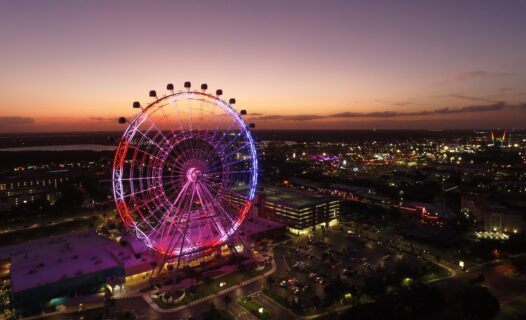
Embark on a culinary adventure in Orlando! From exquisite fine dining and vibrant food trucks to sustainable eats and lively festivals, discover the flavors that make Orlando a foodie's paradise.
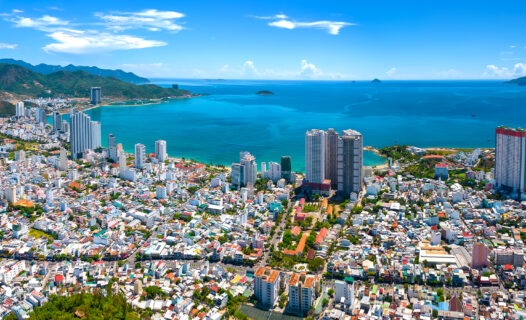
Dive into the ultimate Nha Trang shopping adventure! Explore bustling markets, chic boutiques, eco-friendly finds, and seasonal events in our detailed guide.
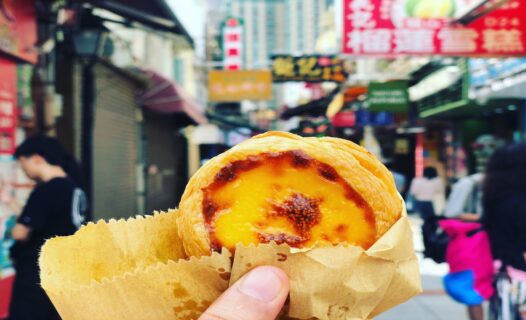
Embark on a culinary journey through Macau with our ultimate guide to its fusion flavors. Discover traditional dishes, insider dining tips, and vibrant food festivals that celebrate the best of Macanese cuisine.
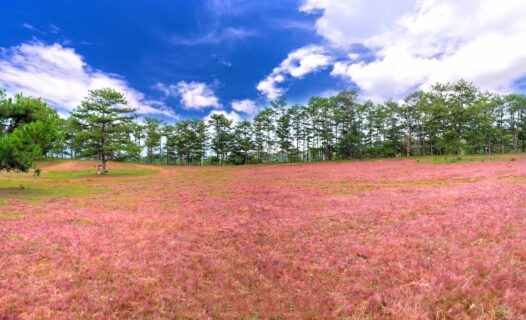
Dive into our captivating 3-Day Dalat Itinerary to uncover Vietnam's highlands gem. From serene lakes to historic sites, embrace adventure & relaxation in Dalat.
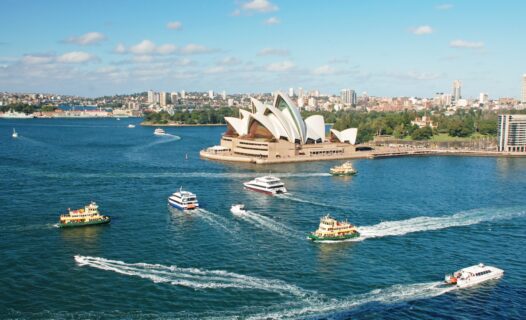
Embark on a captivating 7-day journey through Sydney, Australia. From iconic landmarks like the Opera House to the serene Blue Mountains and vibrant Darling Harbour, discover the best attractions the Harbour City has to offer.

Embark on a captivating 5-day journey through Istanbul, exploring historic wonders and cultural gems. Discover itineraries filled with majestic palaces, vibrant bazaars, and scenic cruises.

Embark on a delectable journey through Goa's culinary landscape with our comprehensive guide. Discover traditional Goan cuisine's fusion of flavors, from spicy vindaloos to sweet bebinca, and dive into local culture through markets, cooking classes, and sustainable dining.
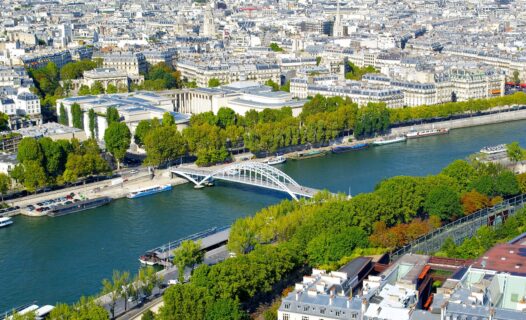
Discover the charm of Paris' arrondissements with our ultimate travel guide. From the historic heart of the city to hidden gems, find the perfect stay for every traveler.
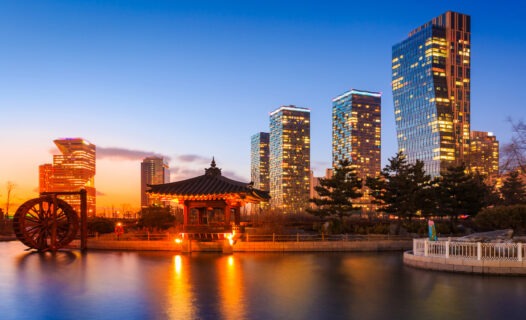
Uncover the best of Incheon in 5 days, from awe-inspiring historic sites to state-of-the-art modern marvels. Indulge in cultural tours, culinary delights, and breathtaking scenery.
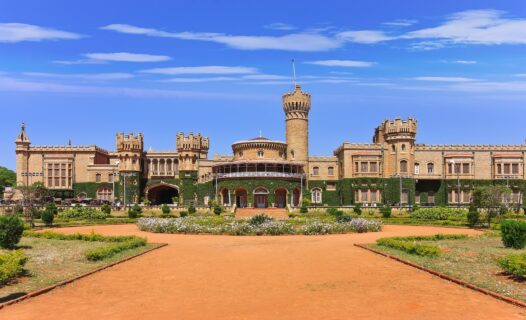
Dive into our 3 Days in Bangalore Itinerary to uncover the best of the Garden City. From royal palaces to tech hubs, enjoy a blend of culture, history, and nature.
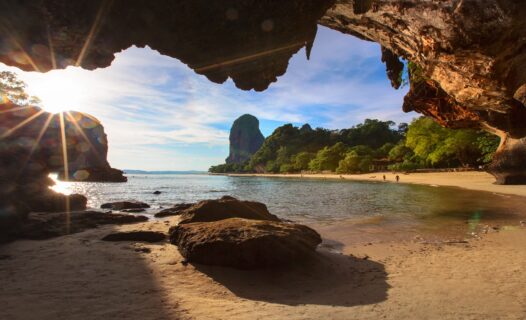
Dive into our exclusive 7-Day Krabi Itinerary on Agoda’s Travel Guide. Discover pristine beaches, lush jungles, and cultural treasures in Thailand's paradise.
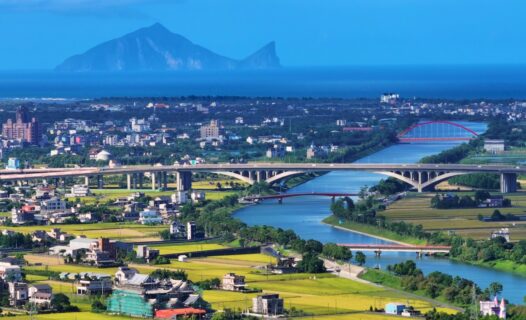
Embark on an extraordinary weekend getaway in Yilan with our curated itinerary. Discover lush landscapes, soak in natural hot springs, and indulge in local culinary delights.
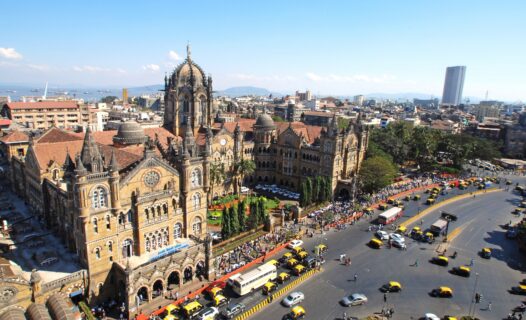
Dive into Mumbai's vibrant culture, history, and flavors with our detailed 3-day itinerary. Discover iconic landmarks, hidden gems, and culinary delights.
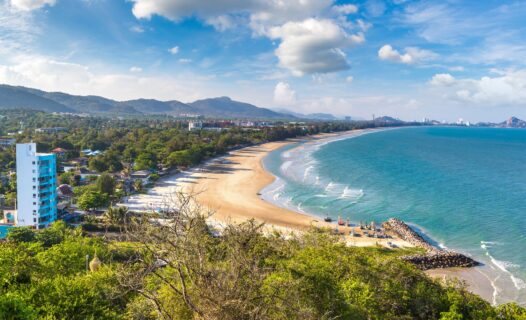
Embark on a 7-day journey through Hua Hin/Cha-am with our expertly crafted itinerary. Discover pristine beaches, royal palaces, and hidden gems.
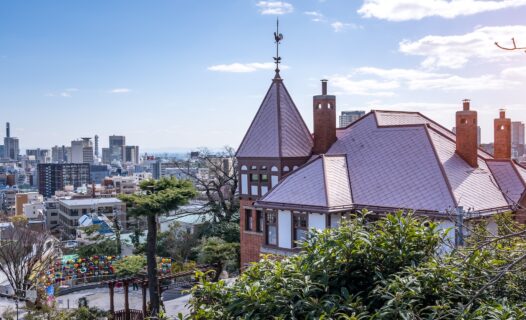
Embark on a captivating 3-day journey through Kobe, Japan. From historical landmarks to scenic beauty, discover the best of Kobe.
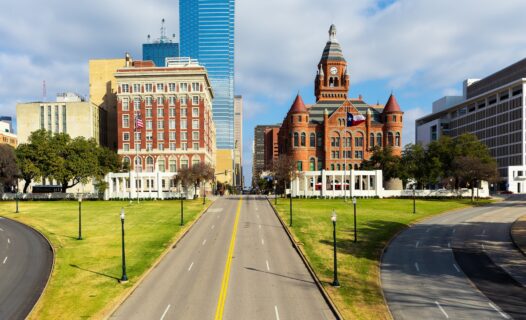
Uncover the best of Dallas with our exclusive 3-day itinerary. From iconic landmarks to hidden gems, discover why Dallas, TX, is a must-visit destination.
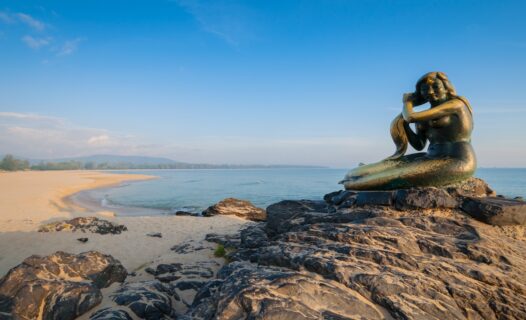
Discover the best of Hat Yai with our 5-day itinerary. From bustling markets to serene temples, experience the hidden gems of Southern Thailand.

Dive into our 5-day Nha Trang itinerary designed for adventure seekers! From island-hopping to scuba diving and cultural wonders, discover the best of Nha Trang with our expert guide.
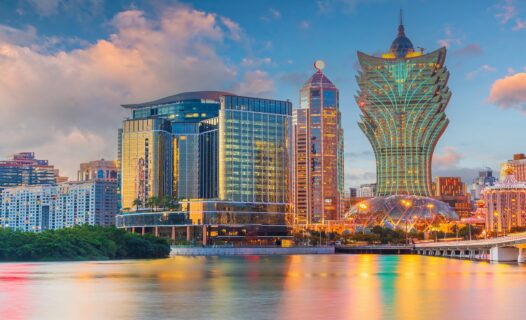
Dive into our engaging 3-Day Macau Itinerary to uncover the vibrant mix of history, culture, and exhilaration in Asia's Vegas.

Dive into Ipoh's culinary paradise with our 3-day food lover's guide! Discover the best eats, hidden cafes, and cultural delights in Malaysia's gastronomic haven.

Unveil the magic of Orlando with our exclusive weekend getaway itinerary! From thrilling theme parks to serene gardens and vibrant nightlife, discover top attractions and local hidden gems.

Tokyo is known for being a fantastic travel destination where you’ll never have to look very hard for what to do next, whether you’re staying in the lively shopping ward of Shibuya or in historic Asakusa district. There are just so many popular attractions to check out all over the city, such as the cherry blossoms at Ueno Park and the Kaminarimon Gate at Sensoji Temple. Here is your guide to 10 Tokyo attractions that you don’t want to miss.
1. Ueno Park
Ueno Park in central Tokyo is a large public park popular among locals and visitors for the numerous attractions on its grounds, which includes museums, temples, shrines, and beautiful natural features. The grounds of the park were actually once a part of the large and wealthy Kaneiji Temple. Ueno Park was established in 1873, and today attracts over 10 million visitors a year. It is one of the best spots in Tokyo to view the cherry blossoms when they arrive in late April to early March every year. There are more than 1,000 cherry trees along its main pathway. Another stunning natural feature of Ueno Park is Shinobazu Pond, which takes up a good portion of the park’s southwest corner. You can rent a boat to paddle out on the water.
At Ueno Park, you’ll find many picturesque shrines and temples, including Kaneiji Temple, Kiyomizu Kannon Temple, and Toshogu Shrine. The park is also home to the Ueno Zoo, the Ueno Royal Museum, the Tokyo National Museum, the National Museum of Nature and Science, the Tokyo Metropolitan Art Museum, and the National Museum of Western Art. Ueno Park is open 24 hours a day, every day of the year, though hours for the various facilities on the park grounds can vary. Many of the facilities tend to be closed on Monday, so make sure you check hours ahead of time. The quickest way to get to Ueno Park by train is to go to Ueno Station and leave through the Ueno Park Exit.
Check In to Mitsui Garden Hotel Ueno, Step Out to Ueno Park
Discover more hotels and apartments around Ueno Station
2. Tokyo National Museum
If there’s one museum you pay a visit to inside Ueno Park, it should be the Tokyo National Museum. The largest and also the oldest of all the major museums in Tokyo, the Tokyo National Museum was established in 1872. It was originally located at Yushima Seido Shrine but later moved to Ueno Park. The Tokyo National Museum houses one of Japan’s largest collections of art and artifacts. It also holds over 100 Japanese National Treasures and over 600 pieces classed as Important Cultural Property. The Tokyo National Museum has more than 110,000 unique objects in its permanent collection, with around 4,000 items on display at a time, which are rotated on a regular basis. The collection largely features Japanese art, though it also has an incredible array of Chinese and Indian art from along the Silk Road, as well as a unique selection of Greco-Buddhist art.
Free English guided tours are available for English-speaking visitors looking to acquire in-depth knowledge about the museum and its collection. Audio guides and written English information are available as well. There are many options for getting to Tokyo National Museum by train. The nearest stations are Ueno Station and Uguisudani Station, both about a 10-minute walk. It is also a 15-minute walk from either Keisei Ueno Station or Nezu Station. The Tokyo National Museum is open from 9:30 a.m. until 5 p.m., though admission ends half-an-hour before closing time. It is closed on Mondays and over the year-end holidays. While at the museum, make sure you also pay a visit to its traditional Japanese landscape garden.
Check In to Hotel Graphy Nezu, Step Out to Tokyo National Museum
Discover more hotels and apartments around Uguisudani Station
3. Imperial Palace
The Imperial Palace is easily the main attraction in Tokyo‘s Marunouchi district. It is the official residence of the Imperial Family and stands on the site of the former Edo Castle, a fortress around which the city of Tokyo grew and spread. The Imperial Palace is closed to the public except for two days of the year, on December 23rd for the Emperor’s Birthday and on January 2nd for New Year’s Greetings. On these days, visitors can enter the inner grounds and members of the Imperial Family make public appearances out on the palace balcony. Perhaps the most famous structure on the palace grounds aside from the Imperial Palace itself is the Nijubashi Bridge. The most famous bridge in Tokyo, the Nijubashi Bridge is actually two bridges that span the moat leading to the palace’s main gate.
While the palace may be closed to the public, visitors are welcome in the Imperial Palace East Garden year-round. The garden is a popular place to take a relaxing stroll, see cherry blossoms, and view the Tokyo fall leaves. The Imperial Palace East Garden was once the site of the defenses surrounding Edo Castle, but all that remains today are the moats, guardhouses, and castle tower foundations. There is no entry fee to enter the Imperial Palace East Garden. It is open from 9 a.m. to 4:30 p.m. and closed on Mondays, Fridays, and for New Year’s holidays. This easily accessible attraction is just a 15-minute walk from Tokyo Station, Tokyo‘s main transportation hub, or a 10-minute walk from Otemachi Station.
Check In to Nest Hotel Tokyo Hanzomon, Step Out to Imperial Palace
Discover more hotels and apartments around Otemachi Train Station
4. Ghibli Museum
Ghibli Museum is one of the most unique attractions in Tokyo. The museum is dedicated to Studio Ghibli, the studio behind such well-loved films as “My Neighbor Totoro,” “Spirited Away,” and “Princess Mononoke.” All of these films and many more from Studio Ghibli were directed by the studio’s legendary co-founder, Hayao Miyazaki. Studio Ghibli is often referred to as “Japan’s Disney,” and it wouldn’t be wrong to think of the Ghibli Museum as the studio’s own small Disneyland. This whimsical museum is a lot of fun to explore, with twisting staircases, winding halls, oddly sized doors, and a rooftop garden. The bottom floor features an exhibit about the science and history of animation while the floor above is a recreation of an animation studio. You’ll want to allow at least two or three hours to fully enjoy the experience. You don’t even have to be a fan of the studio’s movies to appreciate the enchanting exhibit.
Tickets to Ghibli Museum aren’t easy to get, but they are definitely worth the effort. For overseas visitors, tickets go on sale on the first of each month and are available for the following four months. They can be purchased through JBT Travel agencies around the world. Your ticket will have a specified time of entry, and it is important to arrive at the museum by that time. Once inside, you can stay as long as you like. Ghibli Museum is located inside Mitaka Inokashira Park and can be accessed from Mitaka Station. To reach Mitaka Station, take the JR Chuo Line from Shinjuku Station, a ride of about 20 minutes. It is about a 15-minute walk from the Mitaka Station South Exit to the Ghibli Museum.
Check In to Kichijoji Dai-ichi Hotel, Tokyo, Step Out to Ghibli Museum
Discover more hotels and apartments around Mitaka
5. Sensoji Temple
Sensoji Temple is a colorful Buddhist temple located in the Asakusa district of Tokyo. Completed in the year 645, it is the oldest temple in the city, and still one of Tokyo‘s most popular temples to this day. The entrance to the temple is marked by the famous Kaminarimon Gate, a towering red gate known for the large lantern hanging from it. The Kaminarimon Gate is a well-known symbol of Asakusa and a great photo opportunity. Pass through the gate to Nakamise Dori, a 200-meter long shopping street lined with stores selling all sorts of souvenirs and local snacks. Once you’ve picked up some goodies from the shops, you can pass through Hozomon Gate to the temple’s inner complex. Here, you’ll find the Main Hall, a five-story pagoda, and a Shinto shrine known as the Asakusa Shrine.
Sensoji Temple is served by Asakusa Station, which can be reached by the Asakusa Subway Line, the Ginza Subway Line, and Tobu Railways. To get to Asakusa Station from Tokyo Station, you will first need to take the JR Yamanote Line to Kanda Station. There, you will transfer to the Ginza Line which will take you to Asakusa Station. If you’re coming from Shinjuku Station, then just take the JR Chuo Line to Kanda Station and then transfer to the Ginza Line as well. The Sensoji Temple grounds are always open, while the Main Hall is open 6 a.m. to 5 p.m. from April to September and 6:30 a.m. to 5 p.m. October to March. There are no closing days and no admission fees.
Check In to Asakusa View Hotel, Step Out to Nakamise Dori
Discover more hotels and apartments around Sensoji Temple
6. Shinjuku Gyoen National Garden
Just like Ueno Park, Shinjuku Gyoen National Garden is a tranquil outdoor space in the bustling city. Originally the site of the residence of a feudal lord, Shinjuku Gyoen National Garden became an Imperial garden in 1903 and eventually a public park in 1949. The spacious, 144-acre park features rolling lawns perfect for picnicking and meandering pathways that allow you to take a stroll underneath thousands of cherry trees. Shinjuku Gyoen National Garden is home to three distinct landscape gardens: a traditional Japanese garden, a French garden, and an English garden. You’ll also find serene ponds, quiet forested areas, and even a greenhouse with colorful tropical and subtropical flowers. If you want to grab a bite to eat inside the park, you can stop at cafe HANANOKi for a traditional meal or snack.
There are three main entry gates to Shinjuku Gyoen National Garden. As the park is very large, the station you get off at will depend on which gate you want to enter through. Shinjuku Gate is a 5-minute walk from Shinjukugyoemmae Station or a 10-minute walk from Shinjuku Station. Okido Gate is likewise a 5-minute walk from Shinjukugyoemmae Station, while Sendagaya Gate is a 5-minute walk from Sendagaya Station. The park is open from 9 a.m. to 4:30 p.m. (with final admission at 4 p.m.) and requires an entry fee of ¥200 for adults and ¥50 for children. Like many attractions in Tokyo, Shinjuku Gyoen National Garden is closed on Mondays and for the New Year’s holidays. However, the park remains open seven days a week during the Tokyo cherry blossom season.
Check In to APA Hotel Shinjuku-Gyoemmae, Step Out to Shinjuku Gyoen National Garden
Discover more hotels and apartments around Shinjuku Station
7. Meiji Shrine
Meiji Shrine is the most popular and most important Shinto shrine in Japan. Though it is located between two of Tokyo‘s busiest districts, Shinjuku and Shibuya, it is surrounded on all sides by a beautiful park. Yoyogi Park, as it is called, is a 175-acre, densely forested park home to over 120,000 trees. The shrine was originally completed in 1926 in honor of the Emperor Meiji and Empress Shoken, who helped transform Japan into a modern industrialized nation. The walk to the shrine’s Inner Precinct is a highly enjoyable one, and there is plenty more to see when you reach it. Here, you’ll find a museum containing artifacts and treasures pertaining to the imperial couple. There are also traditional Shinto amulets and talismans available from the amulet office, and a peaceful Inner Garden where irises bloom in June.
The grounds of Meiji Shrine are open from sunrise to sunset every day of the year and are completely free to enter. Many of the buildings in the shrine’s Inner Precinct, however, have operating hours of 9 a.m. to 4 p.m. from November to February and 9 a.m. to 4:30 p.m. from March to October. There is also an admission cost of ¥500 to enter the Inner Garden and the museum. There are many different train stations located close to the shrine’s three main entrances. Visitors can take the train to Meiji Jingumae Station, Sangubashi Station, Yoyogi Station, Kitasando Station, or Harajuku Station, making Meiji Shrine a convenient stop no matter where in the city you’re coming from.
Check In to Shibuya Creston Hotel, Step Out to Meiji Shrine
Discover more hotels and apartments around Yoyogi Koen Train Station
8. Shibuya Crossing
Shibuya Crossing is perhaps one of the most iconic landmarks in Tokyo, as it has been featured in numerous movies and TV shows. Located in the bustling Shibuya district just outside of Shibuya Station, this gigantic pedestrian scramble crossing operates like Tokyo‘s beating heart. About half a million people walk up to the crossings every single day, waiting for the lights to indicate that it’s time for the pedestrians to cross. A flurry of people enter the crossing going in every direction until the lights change to allow vehicle traffic through. As many as 3,000 people cross at once during peak hours. Shibuya Crossing is a very popular tourist photo spot so feel free to snap some pictures, just make sure you’re paying attention to what’s going on around you!
Watching Shibuya Crossing from afar is just as fun as being a part of the action. One of the best places to do some people-watching is the second floor of the giant Starbucks that you’ll find directly across from Shibuya Station. Floor-to-ceiling windows let you look down on the crossing while enjoying your coffee. Once you’re ready for some more exploring, the Shibuya district that surrounds Shibuya Crossing is known for its abundant restaurants, exciting nightlife, and incredible shopping opportunities. You’ll find everything from large shopping centers to discount and boutique stores. Near the end of October, Shibuya Crossing and the entire Shibuya area host the city’s largest costume street party, and the crossing is actually shut down to vehicle traffic for multiple evenings before Halloween.
Check In to Sakura Fleur Aoyama Hotel, Step Out to Shibuya Crossing
Discover more hotels and apartments around Shibuya Station
9. Tokyo Skytree
One of the newest attractions in Tokyo, Tokyo Skytree has quickly grown to become an iconic landmark in its own right, and it’s easy to see why. Completed in 2012, Tokyo Skytree literally stands out, towering above the skyline of the surrounding Sumida ward at a height of 2,080 feet. It is the second-tallest structure in the world (after Burj Khalifa in Dubai), and the tallest freestanding tower in the world. A functioning broadcast tower, Tokyo Skytree also provides completely unobstructed, 360-degree views of the city. You can take in the views while enjoying coffee from the Skytree Cafe or a meal at Sky Restaurant 634, a Michelin star restaurant. There’s also a souvenir shop and a commemorative photo service.
There are two observation decks from which to take in the view around Tokyo Skytree, the 1,150-foot-high Tembo Deck and the 1,475-foot-high Tembo Galleria. The Tembo Deck features floor-to-ceiling glass walls for a clear view out over Tokyo while the Tembo Galleria is a glass tube that winds around the tower. You’ll be able to see as far as 40 miles into the distance. If you’re ready for this soaring adventure, then the closest train station to Tokyo Skytree is the Tokyo Skytree Station. You can reach Tokyo Skytree Station by taking the Tobu Skytree Line from Asakusa Station, a journey of only two minutes. Tokyo Skytree hours of operation are between 8 a.m. and 10 p.m. every day, with entry closing at 9 p.m.
Check In to Hotel Amanek Asakusa Azumabashi Sky, Step Out to Tokyo Skytree
Discover more hotels and apartments around Asakusa Station
10. Tsukiji Market
It’s no secret that Japanese people love sushi and seafood, and where many of them go to get it is Tsukiji Market. Until 2018, the indoor market at Tsukiji Market was the largest wholesale fish market in the world. The inner market has since been relocated to Toyosu Market, where you can still go to watch the famed giant tuna auctions, but the outer market remains a must-visit attraction for Tokyo tourists. If you love good food and you love the market atmosphere, then you’ll have a great time exploring the hundreds of vendors that sell their wares and their culinary creations at Tsukiji Market. There are sushi counters, ramen stalls, vendors selling Japanese tea, stalls selling fresh seafood, fruit, and vegetables, and even purveyors of quality Japanese culinary knives.
The closest train stations to Tsukiji Market are Tsukiji Shijo Station on the Toei Oedo Line and Tsukiji Station on the Tokyo Metro Hibiya Line. Market operating hours vary by shop, but most open around 5 a.m. and close up for the day at 2 p.m., so you definitely want to get there early. The market is also closed on Sundays and on national holidays, with some shops choosing to close on Wednesdays as well. Access to Tsukiji Market is completely free, and then it’s up to you to decide which tasty vendors to buy from. Once the market starts closing up, you can head over to the nearby upscale Ginza neighborhood to discover even more culinary delights in the form of numerous Michelin-star restaurants.
Check In to Henn na Hotel Tokyo Ginza, Step Out to Tsukiji Outer Market
Discover more hotels and apartments around Tsukiji Station
You may also like
